Importance of Ingredient traceability in the CPG industry

Ingredient traceability in the consumer packaged goods industry is becoming increasingly important due to consumer demand for transparency, regulatory requirements, and the need to ensure product safety and sustainability. Here’s a comprehensive look into how traceability works in this sector and why it's essential:
Importance of traceability
Consumer Demand for Transparency
Consumers are becoming conscious about what goes into their products. They want to know the origin of ingredients, their safety, and the ethical practices involved in their production.
Industry trends are pushing brands to disclose more about their sourcing and ingredient processing.
Regulatory Compliance
Various regulations require detailed documentation and traceability of ingredients to ensure safety.
In the U.S., the Food and Drug Administration (FDA) oversees food safety, and traceability can aid in compliance with regulatory standards.
Sustainability and Ethical Sourcing
There’s a growing emphasis on sustainable and ethical sourcing, including the avoidance of conflict minerals, harmful environmental practices, and exploitation in the supply chain.
Certifications like Fair Trade, Organic, and Non-GMO require traceability to verify claims.
Quality Control and Safety
Traceability helps in maintaining high-quality standards and ensures that products are safe for consumers. It helps to reduce the risk of contamination and quickly track the origins.
Brand Reputation and Trust:
Transparency builds trust and loyalty among consumers. Brands that can demonstrate the provenance and quality of their ingredients often enjoy stronger reputational advantages.
How it works in the industry
Through Data Collection
Information about each ingredient's journey from source to end product is collected. This includes data on farming, harvesting, processing, and transportation.
Technologies such as blockchain, RFID tags, and QR codes are often used to record and track this information.
Supply Chain Mapping
Companies map their entire supply chain, identifying all the stakeholders involved in the production and distribution of ingredients.
This helps in understanding the complete lifecycle of ingredients and ensures that each stage complies with ethical and quality standards.
Supplier Verification
Brands often conduct audits and assessments of their suppliers to ensure compliance with ethical sourcing and quality standards.
This can include on-site inspections, reviewing supplier certifications, and monitoring supplier practices regularly.
Regulatory Documentation
Companies maintain detailed records of ingredient sourcing and processing to comply with regulatory requirements. This documentation is critical during regulatory reviews and audits.
Consumer Communication
Brands use traceability data to inform consumers about the origin and journey of ingredients in their products. Interactive tools such as QR codes on packaging provide consumers with detailed ingredient information and sourcing stories. Ingredient traceability in the beauty and cosmetics industry is critical for ensuring product safety, ethical sourcing, regulatory compliance, and building consumer trust. As technologies evolve and consumer expectations grow, traceability will continue to play a pivotal role in shaping the future of the CPG industry.





